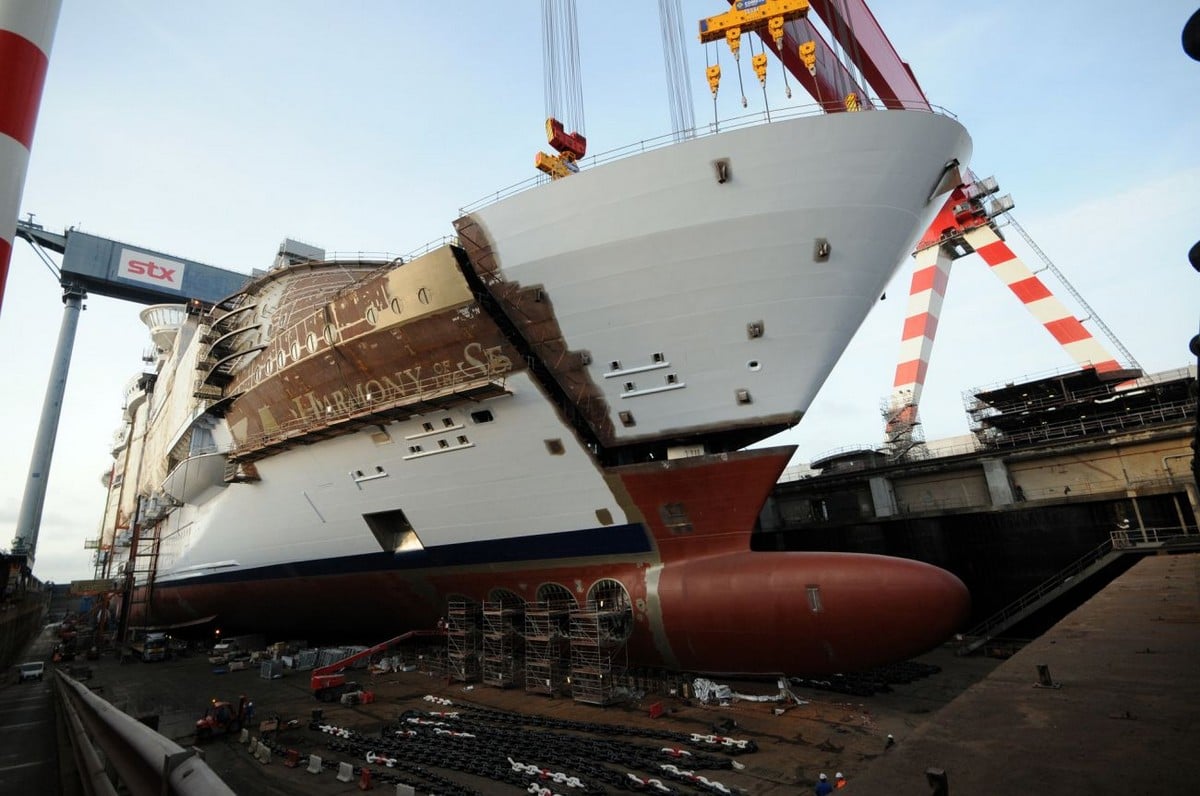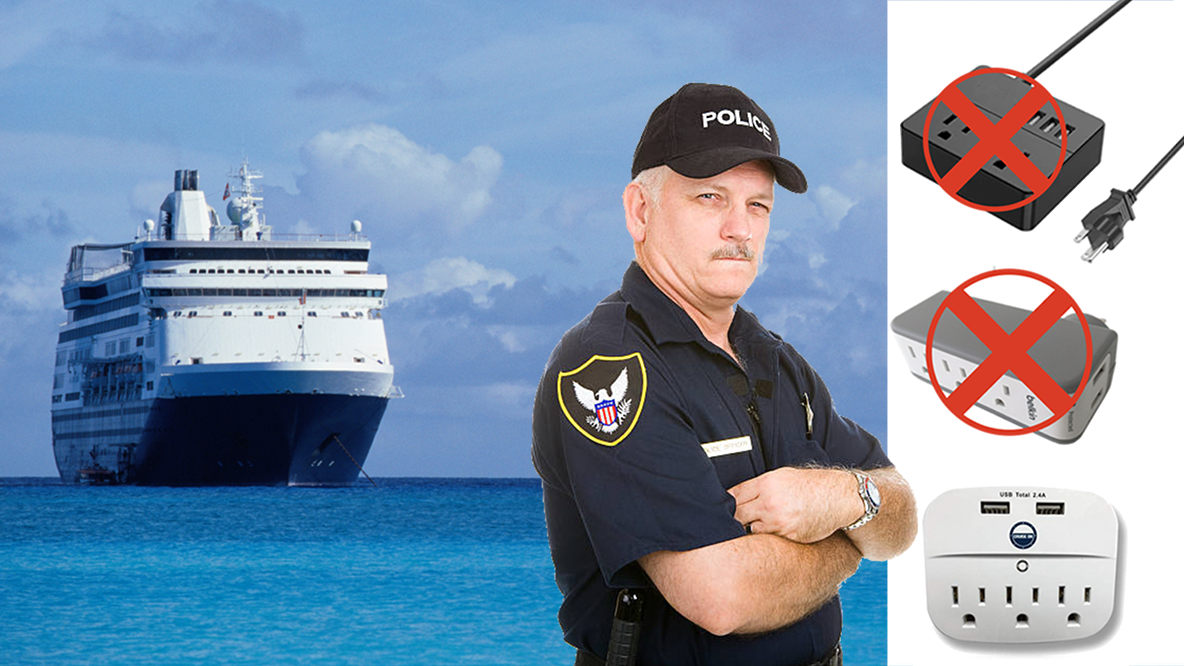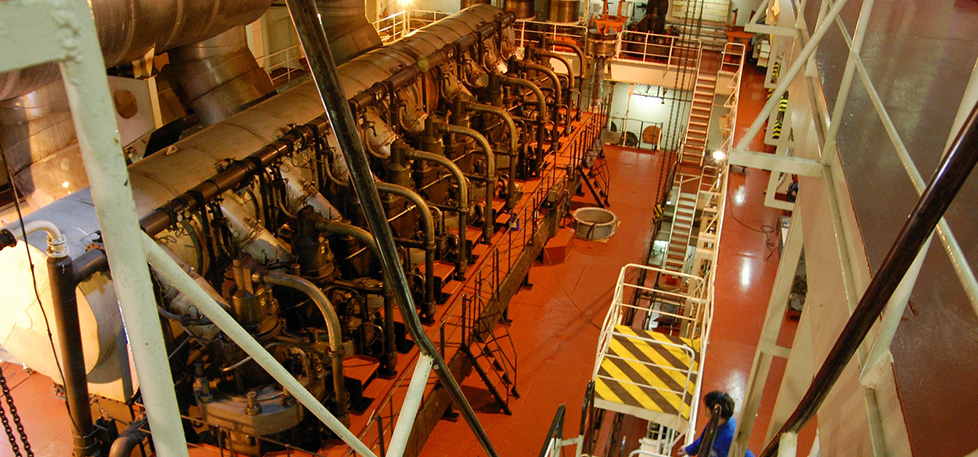Table Of Content

Looking at the sheer size of these vessels makes one wonder how large an engine needs to be to maneuver the ship successfully in water. Ships sail to ports around the world, bringing thousands of people in for the day. It makes sense then that a cruise ship requires powerful propulsion systems to keep them moving. It has been used only since the late 2000s but is seeing promise as a more environmentally friendly method of powering cruise ships. Next infographic shows the speed-fuel consumption relation on container ships (their sizes are measured in TEU-containers/20 ft equivalent units), which are similar by speeds and even gross tonnage to cruise passenger ships.
Shore-to-Ship Power Supply
Additionally, some ships have water brought onboard for laundry and other maintenance purposes. Generally speaking, the water onboard available for drinking are tested and checked for purification. If you are ever in doubt, check with a crew member to ensure the water is safe for consumption.
Conventional Diesel
Advancements in LNG-powered engines and hybrid electric systems provide more sustainable and efficient options, aligning with the industry’s commitment to environmental stewardship. Hybrid electric systems represent a significant step forward in the pursuit of sustainability in the cruise industry. By harnessing the advantages of electric propulsion alongside traditional engines, cruise ships can achieve a harmonious balance between performance, efficiency, and environmental responsibility. In addition to propulsion, the power requirements for onboard facilities and amenities must also be taken into account. Cruise ships have a wide range of facilities, including restaurants, bars, entertainment venues, spas, and more.
Royal Caribbean International LNG Ships
From providing propulsion to generating electricity and supporting various amenities, cruise ship engines are vital to the overall functioning and comfort of these floating wonders of the sea. Shore power connection is an essential feature in modern cruise ship design, enabling ships to connect to the local electrical grid when docked at ports. This connection allows the ship to draw electricity from the onshore power source, reducing the need to rely solely on onboard generators.

If you want one thing in a cruise ship aside from the cocktails and a nice tan, it’s the vessel’s stability and durability. Whether you are traveling through an unexpected storm or cruising on a gentle wave, your cruise ship should be the most stable in all situations. The cruise line is also home to a team of biologists who conduct research at ports in both the Mediterranean and Caribbean. In the aftermath of the Carnival Triumph fire, Carnival Cruise Line announced steps that exceeded the "Safe Return to Port" regulations.
From coal to solar power, ship designs are always evolving, and engineers are meeting the environmental considerations of the 21st century head-on and planning for a new way of cruising. While some of these power systems seem straight out of a science fiction novel, it’s only a matter of time before they are used everywhere. Though fossil fuel and, therefore, less eco-friendly than wind or solar power, liquefied natural gas (LNG) is a cleaner option than diesel. LNG is 90% methane and 10% ethane, and when it’s cooled to very lower temperatures, it converts from a gas to a liquid. When LNG burns, the emissions released are cleaner than diesel, with no soot or sulfur oxides. As solar panels become more advanced, they could be capable of powering all of the interior electrical needs.
Cruise is a Key Regional Industry
Compared to other fuels (including MGO / marine gas oil), LNG is purer (no unburned residues, fewer greenhouse gases), more efficient, stable and cheaper (reduces fuel costs). LNG technology also advances due to IMO's future maritime emissions regulations, especially in ports and while operating in environmentally sensitive destinations. Without a source of power, these huge cruise vessels would be nothing more than drifting aimlessly hotels. A large number of older ships use diesel reciprocating engines for generating power for propulsion.
Usually, ships are powered by four or five generator sets (medium-speed, 500 revolutions per minute), fueled by diesel and creating 8-10 MW energy each. The power density of marine diesel medium-speed engine is 80 kilowatts per cubic meter. Ships that use diesel engines are required to carry exhaust-treatment systems and catalytic-reduction equipment to reduce the environmental impact. These cruise ships not only comply with emissions regulations but also demonstrate a proactive approach to reducing their carbon footprint. The integration of these new technologies in cruise ship engines not only benefits the environment but also enhances the overall cruising experience for passengers. With cleaner engines and reduced emissions, cruise ships can navigate through pristine environments while offering guests an unforgettable journey on the high seas.
MSC Announces Order Of Brand-New "World Class" Cruise Ships Powered By LNG - Marine Insight
MSC Announces Order Of Brand-New "World Class" Cruise Ships Powered By LNG.
Posted: Tue, 14 Nov 2023 08:00:00 GMT [source]
Emergency Generators
This also made it the world's first hybrid vessel that uses both wind power and dual-fuel (diesel-gas) engines. It’s worth noting that nuclear-powered shipping has been around for decades, but its use has been limited primarily to naval vessels due to the cost and the public perception that nuclear propulsion isn’t foolproof. In the late 1950s, however, the U.S. government funded the construction of the NS Savannah, a nuclear-powered combination cargo-passenger ship. A number of newer cruise ships have touchscreen kiosks or panels that allow you to find out where you are and the best route for getting to where you want to go. It seems a funny question to ask in this age of constant connectivity, but it's legitimately still an issue onboard cruise ships, where Internet may be slower than you'll find on land. On most cruise ships, you'll have to pay for Internet access, and it isn't cheap.
Similar to the diesel electric, gas is used to spark and power generators that then produce electricity to turn the propellers. Additionally, the heat from the turbine's exhaust steam is often used to power electricity onboard. The main engines and even the generators themselves require electricity to keep going.
Those who support the cruise industry point out that cruising has never been more popular. A solution is to have docked vessels plug into the port's shore power grid. Most of the world's largest cruise ports have such dockside electrical hookups, reducing bad emissions by up to 95%.
Because engines are so big, they can sometimes take up three whole decks. The powerplant is controlled by ABB's PEMS (Power and Energy Management System), which also optimizes the onboard energy use. Ships' batteries are charged using hydropower (water-generated electricity), which as of 2019 accounts for ~7% of the USA's total electricity production. The next scheme shows the dual-engine powerplant (Wartsila) and propulsion (Azipod) of the cruise ferryTallink Megastar. This ship is the biggest "floating superstore" on the Baltic Sea, featuring a 2-deck retail shopping complex and the unique self-service option called "Q-shopping". The RoPax vessel uses LNG as prime fuel and MDO (marine diesel oil) as secondary fuel.

The popular mainstream cruise lines go over the top with onboard activities on some ships. Using LNG as fuel also comes with some safety requirements.While it doesn’t explode unless confined, natural gas burns, so extra seals andsensing equipment are part of the system design. Reliability and safety play crucial roles in engine selection, ensuring continuous operation, passenger comfort, and crew safety.
The bubbles, pumped out underwater from the bottom of the ship, reduce the surface area of the hull that is in contact with the sea. This thereby reduces friction that slows a ship down and improves its fuel efficiency by up to 10 percent. As the world considers the effects that fossil fuels have on climate change, cruise ships have come under increasing scrutiny. Ship designers and engineers have begun coming up with new, more eco-friendly ship power systems to lessen the impact of cruising on the environment.
No comments:
Post a Comment